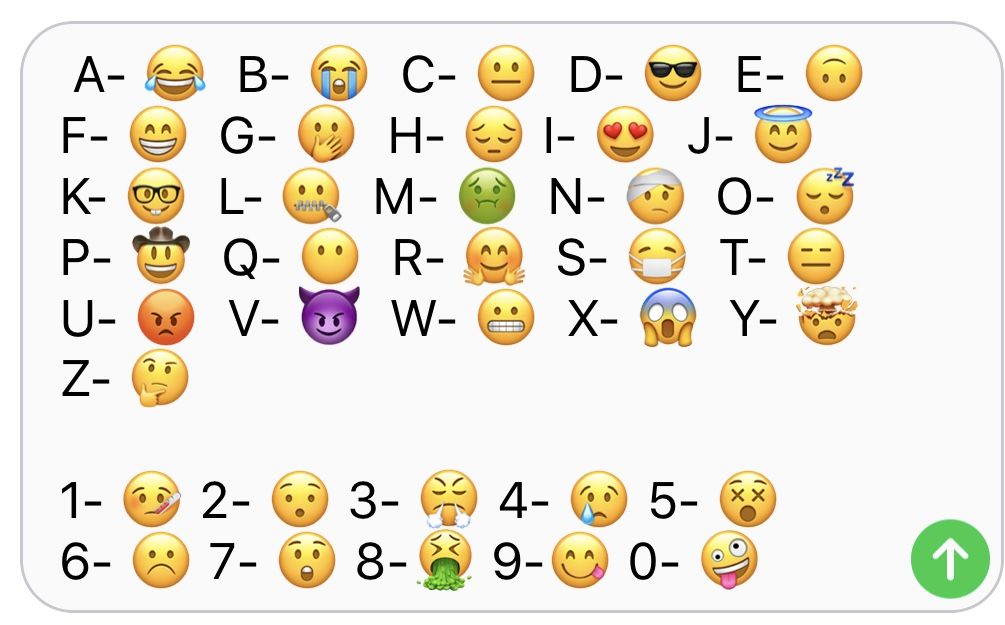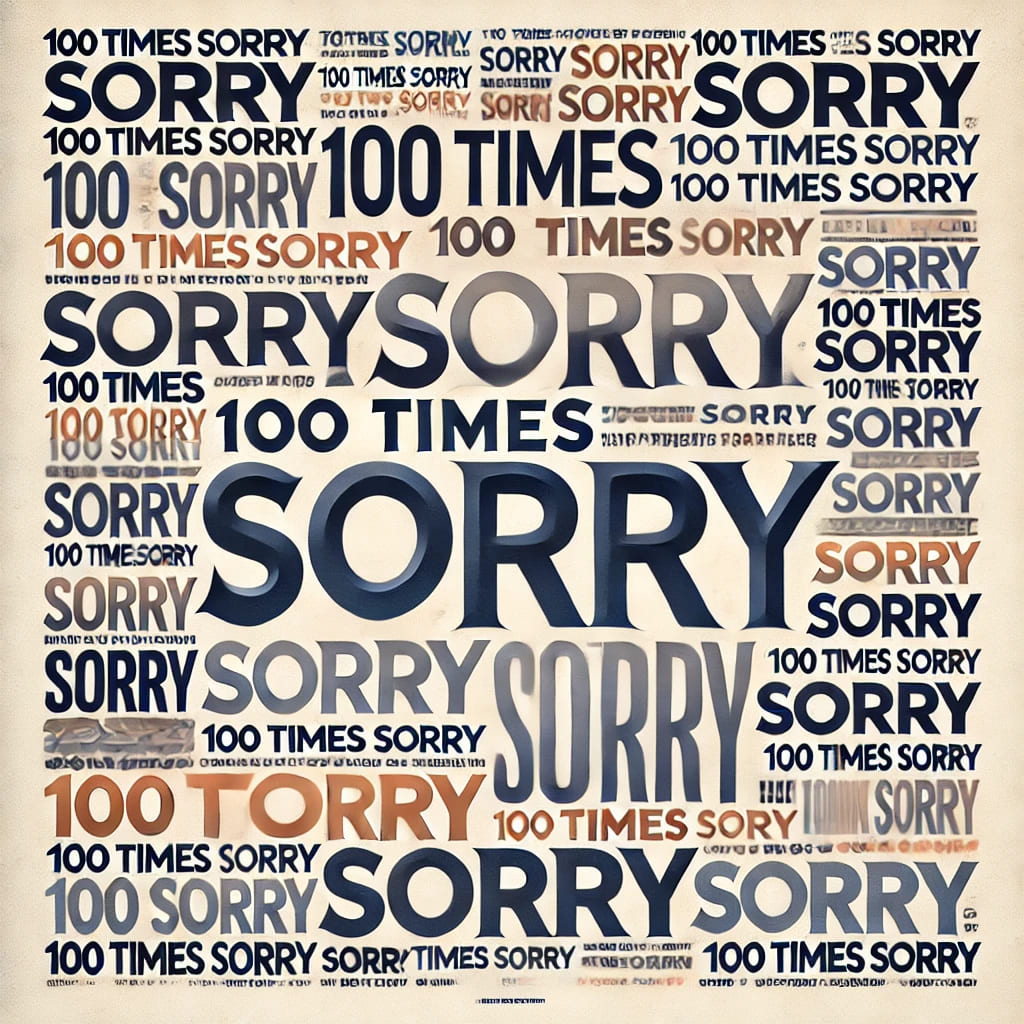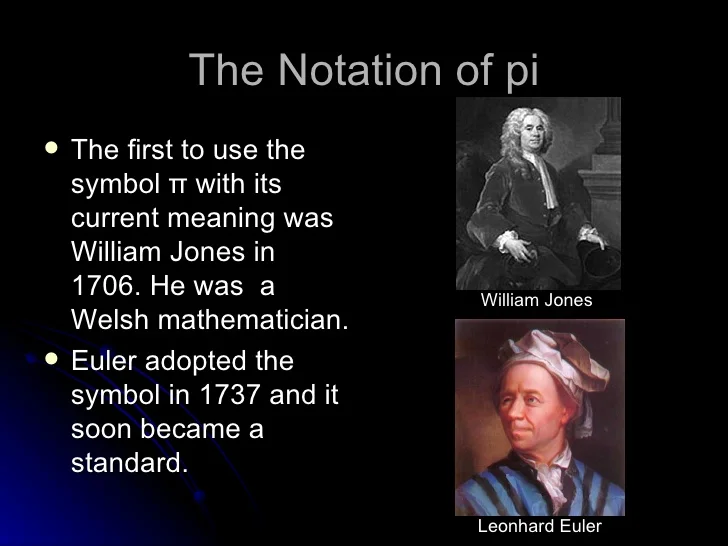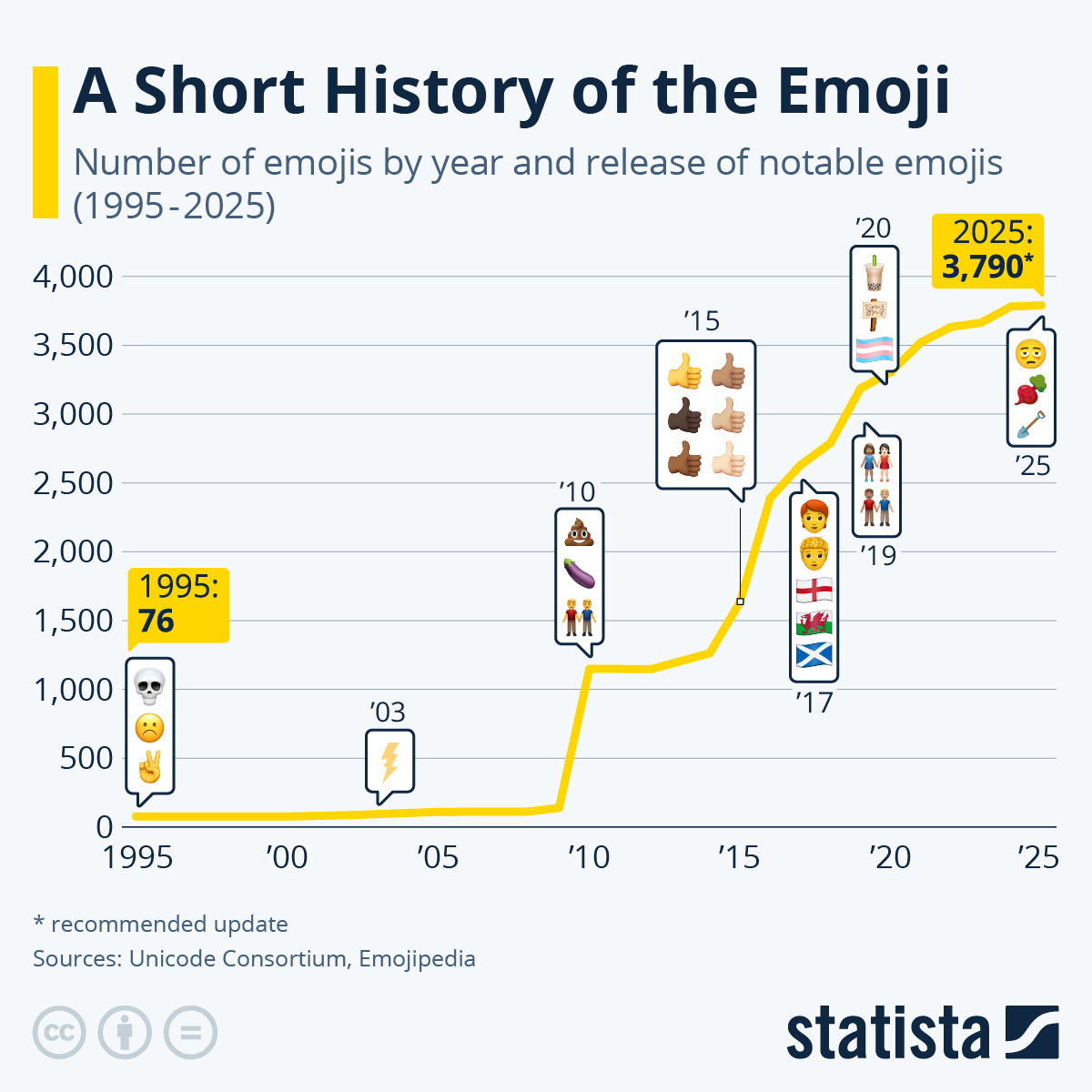Emojis vs. Words: Can Emojis Replace Written Language?
In the digital age, communication has evolved dramatically. From handwritten letters to instant messaging, our way of expressing thoughts has become more visual. Emojis, small digital icons representing emotions, objects, and ideas, have become an integral part of online conversations. But can they replace traditional written language? This article explores the impact of emojis on communication and whether they have the potential to become a universal language.

The Rise of Emojis in Communication
A Brief History of Emojis
Emojis were first introduced in the late 1990s by Japanese designer Shigetaka Kurita. Initially, they were simple 12×12 pixel images used on Japanese mobile networks. With the rise of smartphones, especially after Apple introduced an emoji keyboard in 2011, emojis became a global phenomenon.
How Emojis Are Changing the Way We Communicate
- Expressing Emotions More Effectively
- Emojis add emotional tone to messages, reducing misunderstandings that often occur in text-based communication.
- For example, “I’m fine” can have different meanings, but adding ? or ? clarifies the intent.
- Enhancing Engagement
- Social media posts with emojis tend to get higher engagement rates.
- Studies show that tweets with emojis receive 25% more engagement and Facebook posts with emojis get 57% more likes.
- Breaking Language Barriers
- Since emojis are visual, they can be understood across different languages and cultures.
- For instance, a ❤️ is universally recognized as a symbol of love.
Limitations of Emojis as a Language Replacement
Lack of Complexity in Meaning
While emojis help convey emotions, they lack the depth and structure of written language. For example:
- The sentence “I went to the store to buy apples because they were on sale” cannot be accurately expressed using emojis alone.
- Multiple interpretations arise when using ambiguous emojis, such as the ? smirking face, which can be flirtatious or sarcastic.
Cultural Differences in Emoji Interpretation
Emojis can mean different things in different cultures. For example:
- The ? emoji is often used as a high-five in some countries, while in others, it represents prayer or gratitude.
- The ? thumbs-up emoji is positive in most cultures but considered offensive in some parts of the Middle East.
Accessibility Concerns
- People with visual impairments rely on screen readers, which often describe emojis in a way that changes the intended meaning.
- Professional and academic settings require clear, precise language, making emojis unsuitable for formal communication.
Emojis in Business and Marketing
Businesses have embraced emojis in branding and advertising to connect with younger audiences. Some notable examples include:
- Pepsi’s Emoji Bottles: Custom emoji designs on bottles to appeal to younger consumers.
- Domino’s Emoji Ordering: Customers could order pizza by tweeting ?.
However, companies must be cautious in their emoji usage. A poorly chosen emoji in a marketing campaign can lead to misunderstandings or backlash.
The Future of Emojis: A Supplement, Not a Replacement
While emojis are a powerful tool for enhancing digital communication, they are unlikely to replace written language entirely. Instead, they will continue to supplement text, making conversations more expressive and engaging.
Potential Future Developments
- AI-Powered Emojis: Future AI tools might generate emojis based on the context of conversations.
- More Inclusive Emojis: Expanding diversity in skin tones, gender identities, and cultural symbols.
- Standardized Meanings: Efforts to create universal interpretations of emojis to reduce ambiguity.
Emojis have undoubtedly revolutionized digital communication, adding a layer of emotional expression to text. However, their limitations in conveying complex ideas and cultural variations prevent them from replacing traditional written language. Instead, they serve as a complementary tool, enriching how we communicate in the digital world. As technology evolves, emojis will continue to shape the future of communication, but the written word will remain essential for clarity, depth, and precision.


